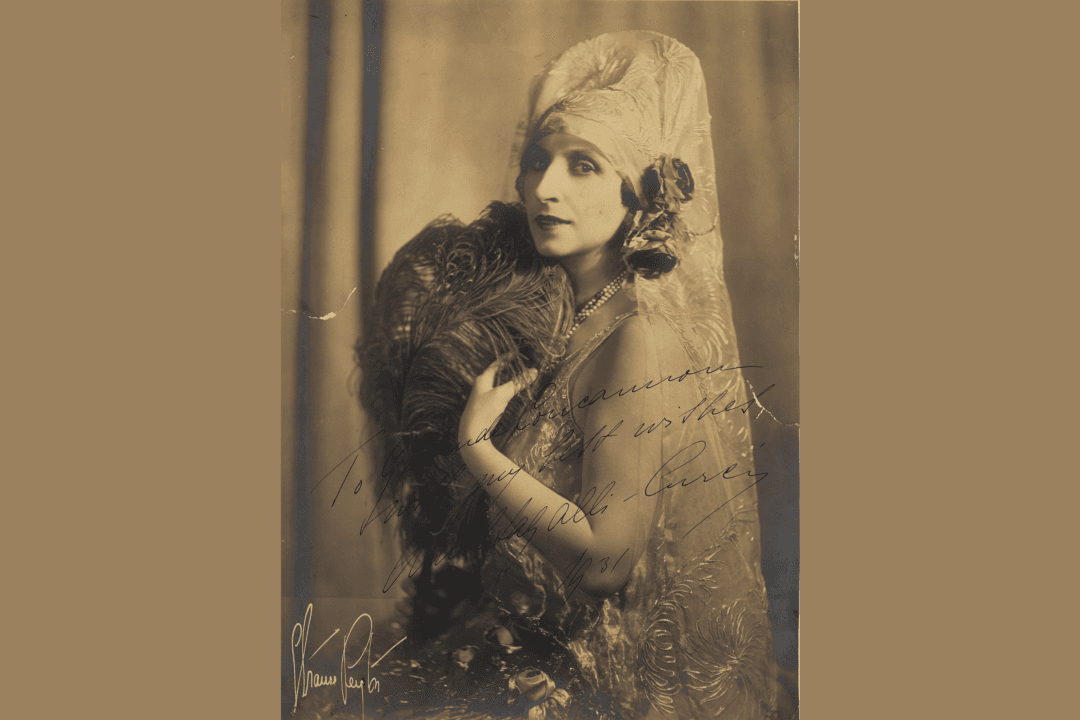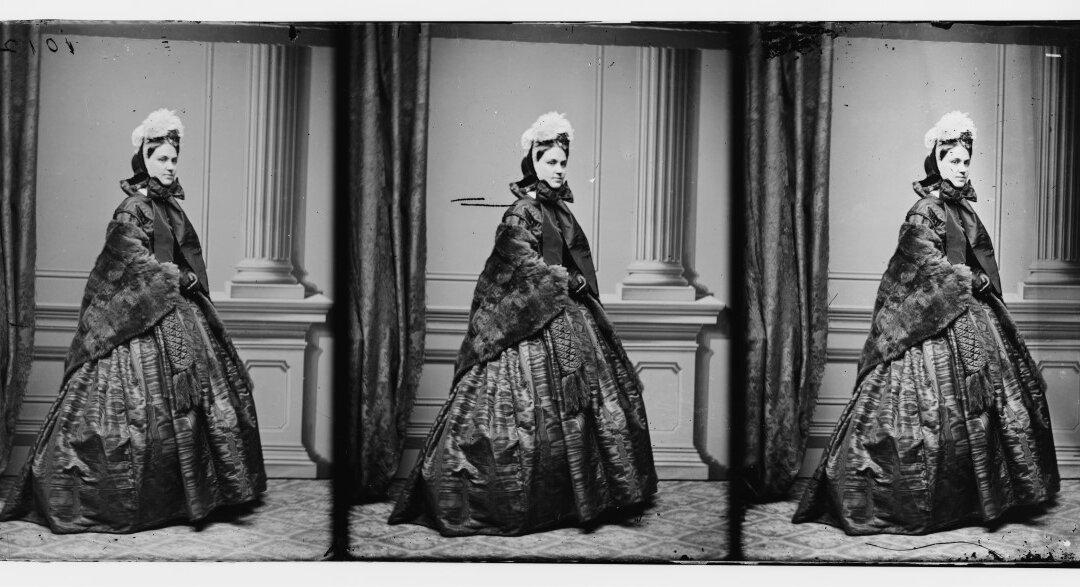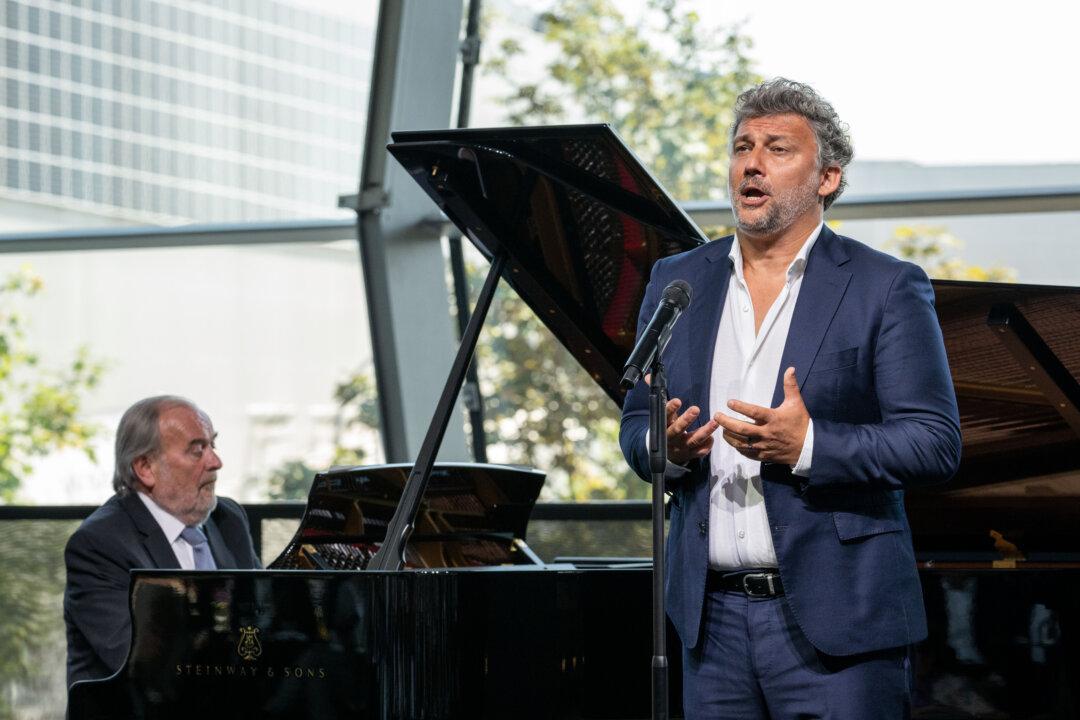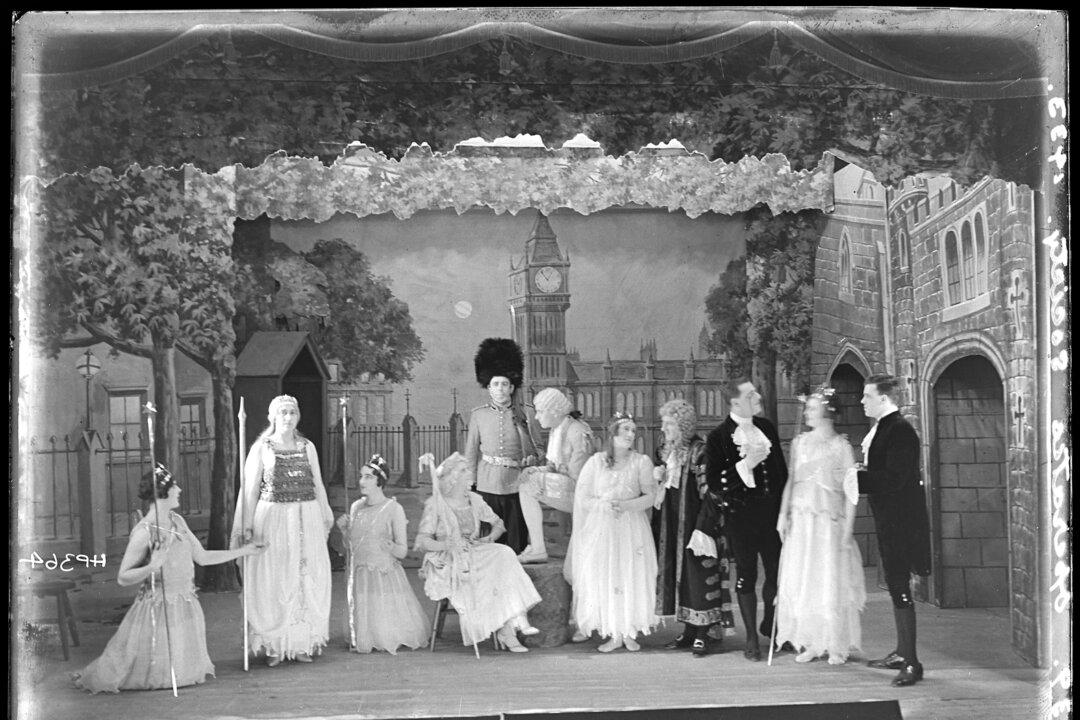The voice and charm of soprano Amelita Galli-Curci inspired rapturous reviews throughout most of her career. “How imaginatively vivacious in the first act; how pathetic in the second; how tragic in the last. … No other role reveals her own peculiar powers … to greater advantage; none permits her to disclose more affectingly … the essentially feminine charm of her persuasions,” Max Smith, of The New York American, exulted.
Galli-Curci’s 1921 Metropolitan Opera debut as Violetta in Giuseppe Verdi’s “La Traviata” brought forth this flowery flood of adoration. Smith continued, “Carefully at times, almost gingerly, she spun out filaments of resonant silver. She held the audience in the hollow of her pretty hand, and before the final curtain, ... had won a complete triumph.”





